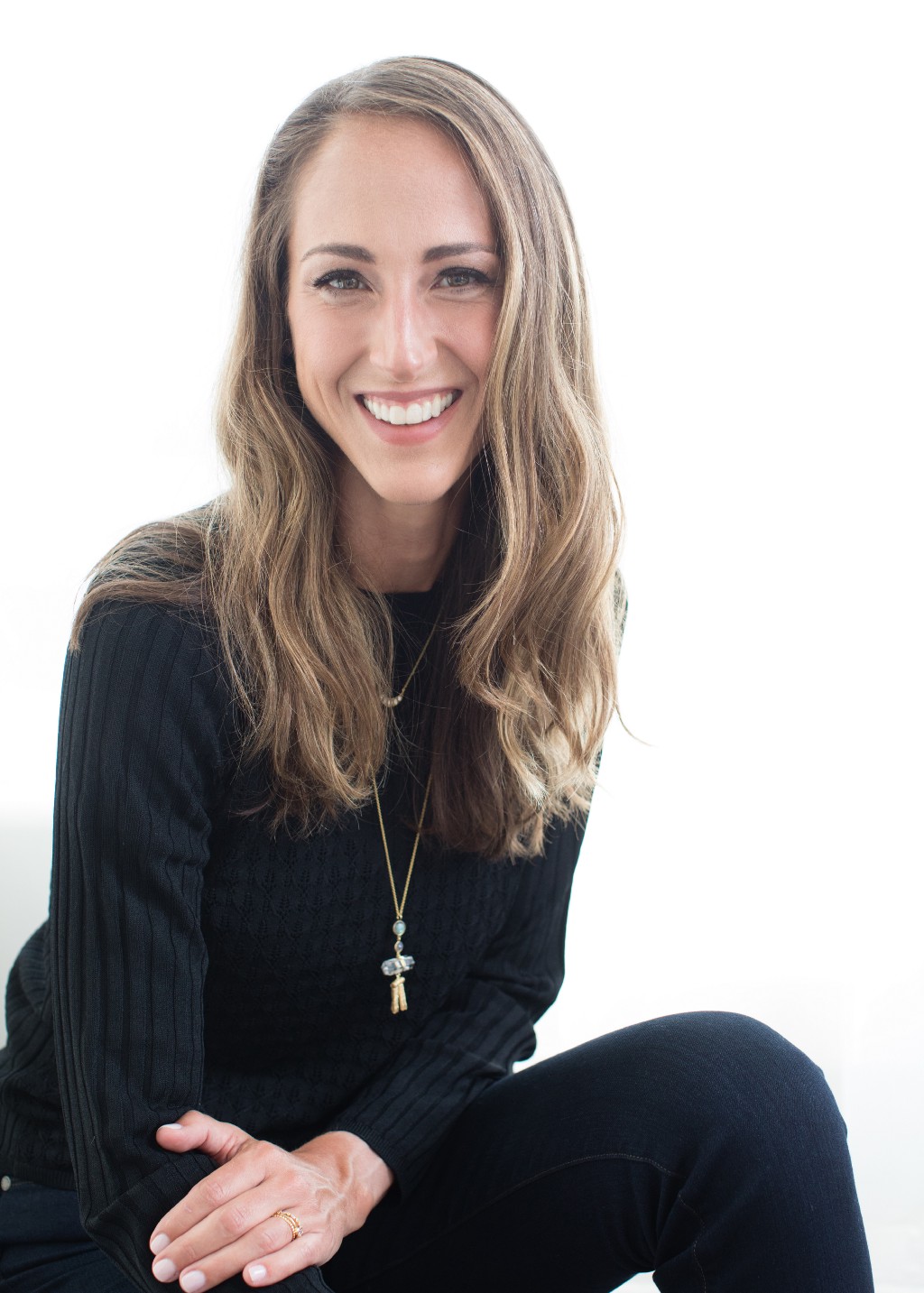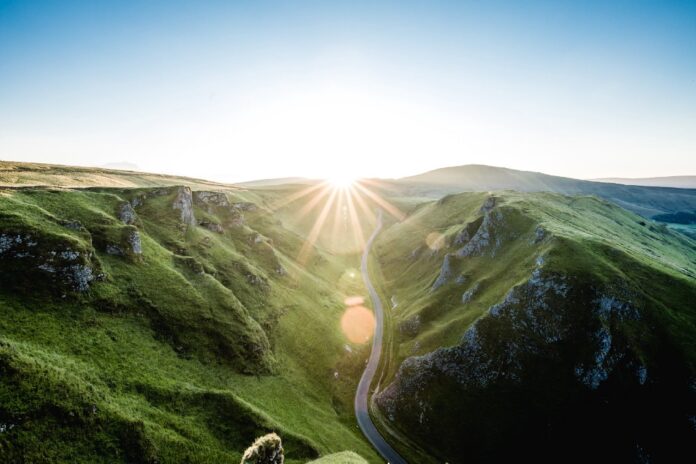Ideas in the Wild: How Author Laura Calandrella Aims To Help Usher In The Next Evolution of Collaboration
The environmental crisis is advancing at an unprecedented pace and scale. It will outpace us if we don’t turn our attention to an even deeper concern regarding the future of humanity: we need to work together to create change.
Our current approach to collaboration is outmoded. To transform our world, we must transform the way we lead. We collectively share the power and responsibility for a more just, inclusive, and sustainable future. Leaders who hope to shape that future must develop the ability to embrace relationships — to ourselves, to one another, and to the natural world — as our most impactful, influential tool.
Laura Calandrella wrote Our Next Evolution to deliver a framework for 21st century collaboration through four interlinked leadership practices: Cultivating Presence, Creating Space, Leveraging Diversity, and Sustaining Dialogue. These four practices enable us to take collective action in new ways, carving a path toward a future we crave but can’t yet see.
I recently caught up with Laura to learn what inspired her to write the book, the biggest lesson she learned along the way, and how she’ll apply that lesson to her life moving forward.
What happened that made you decide to write the book? What was the exact moment you realized these ideas needed to get out there?

I’ve been working on environmental and sustainability issues for the last 20 years. This used to be a specialized career, reserved for those who focused their attention on the impacts that humans have on the natural world. Over the last five years the intensity of our environmental challenges has grown and accelerated to a level where no one can ignore that the future of our planet hangs in the balance.
It impacts us all. It affects every facet of our lives. From wildfires and climate change to social equality and health, our most pressing issues are undeniably interconnected. I decided to write the book as a call to action for business, government, and non-profit leaders to step-up their game. We are collectively responsible for finding solutions that are holistic, integrated, and transformational.
My work focuses on bringing diverse perspectives together to align under a shared vision for change. I help build partnerships between organizations you normally wouldn’t find sitting at the same table to work together– business competitors, environmental groups and the energy industry, and governmental organizations that often work in silos. These are high-powered, successful leaders. They know how to be effective as individuals.
However, there is a difference between individual leadership and collaborative leadership. And what the world needs now more than ever is leaders who know how to build relationships with other leaders that amplify our collective impact. I have a leadership model that I weave in to all of my consulting engagements to build strong collaborative partnerships. But it is a model that needs to be shared and applied with a much broader audience so that we can all rise to meet the challenge that our world is demanding of us.
What’s the biggest lesson you’ve learned going through the journey you share in the book?

At the heart of everything I do is this belief: how we relate to ourselves, to one another, and to the natural world catalyzes change. That lesson has come to me in various ways over the course of my life and my understanding of it has changed as I’ve experienced more. But even as a child wandering the Sonoran Desert in Arizona, I had a sense that these three kinds of relationship mattered.
I could not have written this book without revisiting those moments in my life that connected me to myself and my deeper purpose. I could not have written this book without the many mentors, guides, collaborators, and colleagues who have shared my desire to create positive impact. And I most certainly could not have written this book without a lifetime of exploration of the beauty of this planet.
The biggest lesson that I’ve learned is that what we do with these relationships matter. Leadership is not a one-off event. Nor is it something that we wear to work and take off when we get home. It is something that we live. This is what I emphasize in my collaborative leadership framework. Creating change is hard. It doesn’t matter how big or small that change is. When we use relationship as a vehicle to support us in that change, it begins to seem less daunting.
How will you apply this lesson in your life moving forward?
I wrote the final draft of my book in the first six months of 2020. One of the leadership practices I write about is the importance of “creating space” for collaboration to be effective. I had just finished the rewrite of that chapter when COVID-19 came full force into our lives in the United States. Another leadership practice that I write about is “leveraging diversity.” The night I finished that chapter, the Black Lives Matter movement erupted in Atlanta where I live.
These two powerful events aligned with messages I had been shaping and teaching for years. It felt like global consciousness and my ideas were colliding. I had extreme moments of doubt about whether my voice was the right voice to be carrying the message. Then I realized one of the central teachings that I hope readers will take away: all of our voices matter and we need everyone.
I very intentionally name the leadership principles in this book “practices” to remind us that we are in a continuous state of learning. Evolution happens through small changes that eventually lead us to something bigger. To get there though means we all must commit to our own evolution and support others in theirs. Even more so, we must learn to evolve together.
I include myself in that commitment. I will undoubtedly be imperfect at it. It can be challenging, but it can also be an adventure. And if the journey gets us all to a better place, it’s one well worth making.
Ideas in the Wild: How Author Laura Calandrella Aims To Help Usher In The Next Evolution of… was originally published in Authority Magazine on Medium, where people are continuing the conversation by highlighting and responding to this story.


